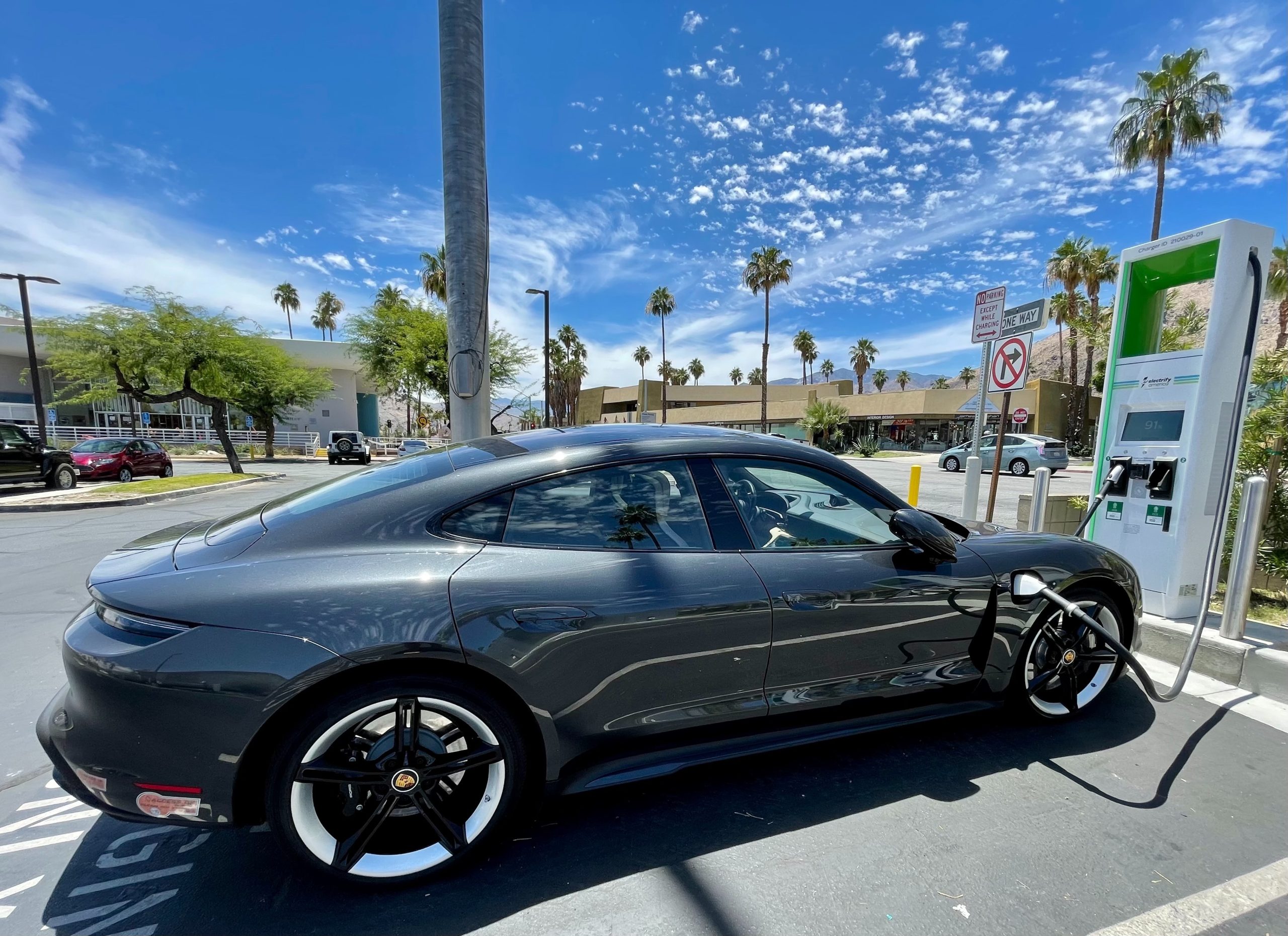The world is witnessing a rapid shift towards electric and autonomous vehicles as the solution to reducing carbon emissions and combating climate change. But are these innovations really enough to make a substantial impact? In this blog post, we delve into the limitations of even electric autonomous vehicles in addressing this global crisis. From infrastructure challenges to consumer behavior, join us as we explore why there may be more work left to do before we can truly claim victory in the fight against climate change.
What is Electric Autonomous Vehicles?
Electric autonomous vehicles (EAVs) hold immense potential for reducing greenhouse gas emissions. However, some experts believe that even EAVs may not be enough to tackle climate change effectively.
In order to reduce greenhouse gas emissions, electric vehicles need to replace gasoline-powered cars and trucks. However, many experts believe that this won’t be enough to achieve the necessary reductions in greenhouse gas emissions.
Electric autonomy is important, but it is not the only factor that needs to be addressed when it comes to reducing greenhouse gas emissions from vehicles. According to a study by Bloomberg New Energy Finance, 70% of the emissions from transportation come from the production of fuel and goods used in transportation. Only 30% come from driving the vehicle itself. Improving fuel efficiency and developing more efficient vehicles are both key components of reducing transportation-related emissions.
The Advantages of Electric Autonomous Vehicles
Electric autonomous vehicles hold many advantages over traditional gasoline or diesel-powered cars when it comes to mitigating climate change. First and foremost, electric autonomous vehicles are much more efficient than their gas-guzzling counterparts. They also produce zero emissions, making them a key part of the solution to climate change.
However, there are a few drawbacks to electric autonomous vehicles that need to be considered. For one, they currently require a large battery pack to power the vehicle and this can take up a significant amount of space. Additionally, while they are far more efficient than traditional cars, they still consume fuel and generate emissions. So while electric autonomous vehicles offer great potential for reducing greenhouse gas emissions, they may not be enough on their own to tackle the climate crisis in full.
Disadvantages of Electric Autonomous Vehicles
Electric autonomous vehicles offer many benefits over traditional gas-powered vehicles, from reducing air pollution to helping protect the environment. However, there are a few disadvantages of electric autonomous vehicles that must be considered when planning their use.
The first disadvantage is that electric autonomous vehicles need constant charging. This can be a problem if the outlet is unavailable or if the vehicle spends long periods away from an outlet. In addition, electric autonomous vehicles are not as reliable in cold weather, since they require more energy to operate. Finally, some people worry about the potential for cyberattacks on autonomous systems, which could result in loss of control or even catastrophic accidents.
How Electric Autonomous Vehicles Could Help Address Climate Change
Electric autonomous vehicles may be able to help address climate change in a number of ways. First, they could help reduce the number of emissions produced by cars and trucks. Second, they could allow people to commute in more environmentally friendly ways, choosing shorter trips instead ofDriving long distances. Third, they could provide a new source of transportation for people who can’t access public transportation or walk to their destination. Fourth, electric autonomous vehicles could lead to new technologies that are more efficient and sustainable than traditional gasoline-powered vehicles. Finally, electric autonomous vehicles could encourage innovation in new renewable energy sources, helping to decrease our dependence on fossil fuels and improve our overall environmental sustainability.
Conclusion
Despite the advances made in electric autonomous vehicles, there is still a lot of work to be done if we are going to address climate change. Even with autonomous cars, the carbon emissions from transportation will continue to grow for many years to come. Autonomous vehicles represent only a small slice of the transportation pie and as long as our reliance on fossil fuels continues, they will not be enough to make a significant dent in climate change. We need to look at more sustainable options like solar and wind power if we want to prevent major temperature changes across the globe.




